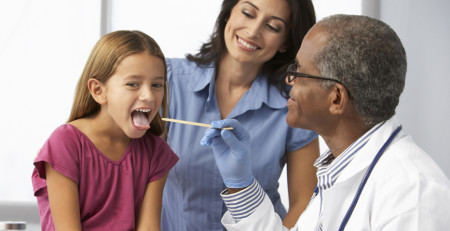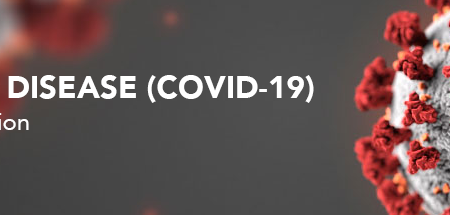Undescended Testicles and the Use of Ultrasound
Cryptorchidism or undescended testis (UDT) is the most common urological birth defect, occurring in 1 in 33 live male births. The most important reasons for surgical treatment of cryptorchidism include increased risks of testicular malignancy, infertility, testis torsion and/or inguinal hernia. The current standard of treatment for any UDT that fails to spontaneously descend by 6 months of age in the United States is orchidopexy (surgery to reposition the testis to the scrotum). Evaluation of UDT includes a thorough gestational history and a physical exam with a particular focus on noting the quality and position of the testes.
Neither the American Academy of Pediatrics (AAP) or the American Urologic Association (AUA) recommend the use of ultrasound (US) or any other imaging modalities for evaluation of cryptorchidism. Indeed, both suggest not obtaining imaging for UDT.
There are multiple factors that influence this recommendation, including accuracy of imaging, cost, availability of certain imaging modalities, rate of false positive, and need for anesthesia (for CT and MRI). While US is inexpensive, widely available, and does not require anesthesia, it is non-contributory in its routine use due to a low sensitivity (45%) and specificity (78%) in localizing the non-palpable testis. A prepubertal intraabdominal testis is typically not detected by US and maybe mistaken for a lymph node, which is similar in sonographic appearance. The ionizing radiation exposure and high costs associated with CT scan preclude its use. While MRI has a higher sensitivity and specificity for detection of intraabdominal testis, its use is deterred by high cost, limited availability and need for general anesthesia. Currently, no radiological test can be used to definitively conclude that a testis is absent.
Hence, surgery in the form of diagnostic laparoscopy or open exploration is required for all non-palpable unilateral and many bilateral UDT patients. Accordingly, regardless of preoperative radiologic findings, these studies rarely assist in clinical decision making and may lead to misleading information (such as absence when actually present or vice versa).
Primary Care Providers who are concerned about a potential diagnosis of undescended testicle should consider referral to urology or surgery for further evaluation.
Abhishek Seth, MD, Assistant Professor, Urology and Pediatrics, Baylor College of Medicine
Sources: Kolon TF, Herndon A, Baker LA, Baskin LS, Baxter CG, Cheng EY, Diaz M, Lee PA, Seashore CJ, Tasian G, Barthold J. “Evaluation and Treatment of Cryptorchidism: AUA Guideline” <www.auanet.org>







Leave a Reply
You must be logged in to post a comment.